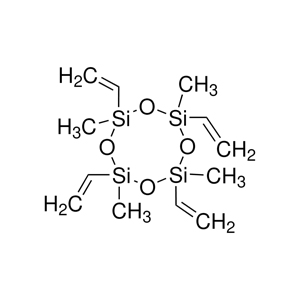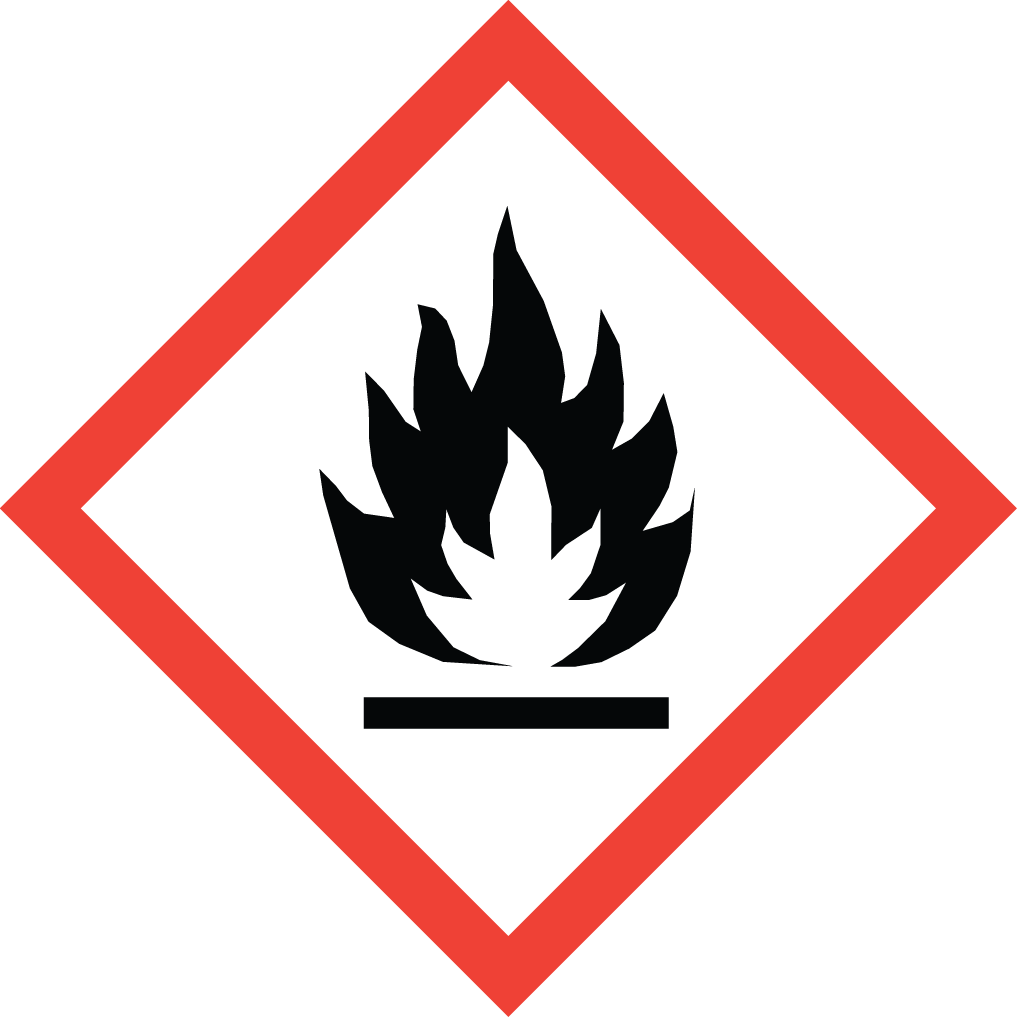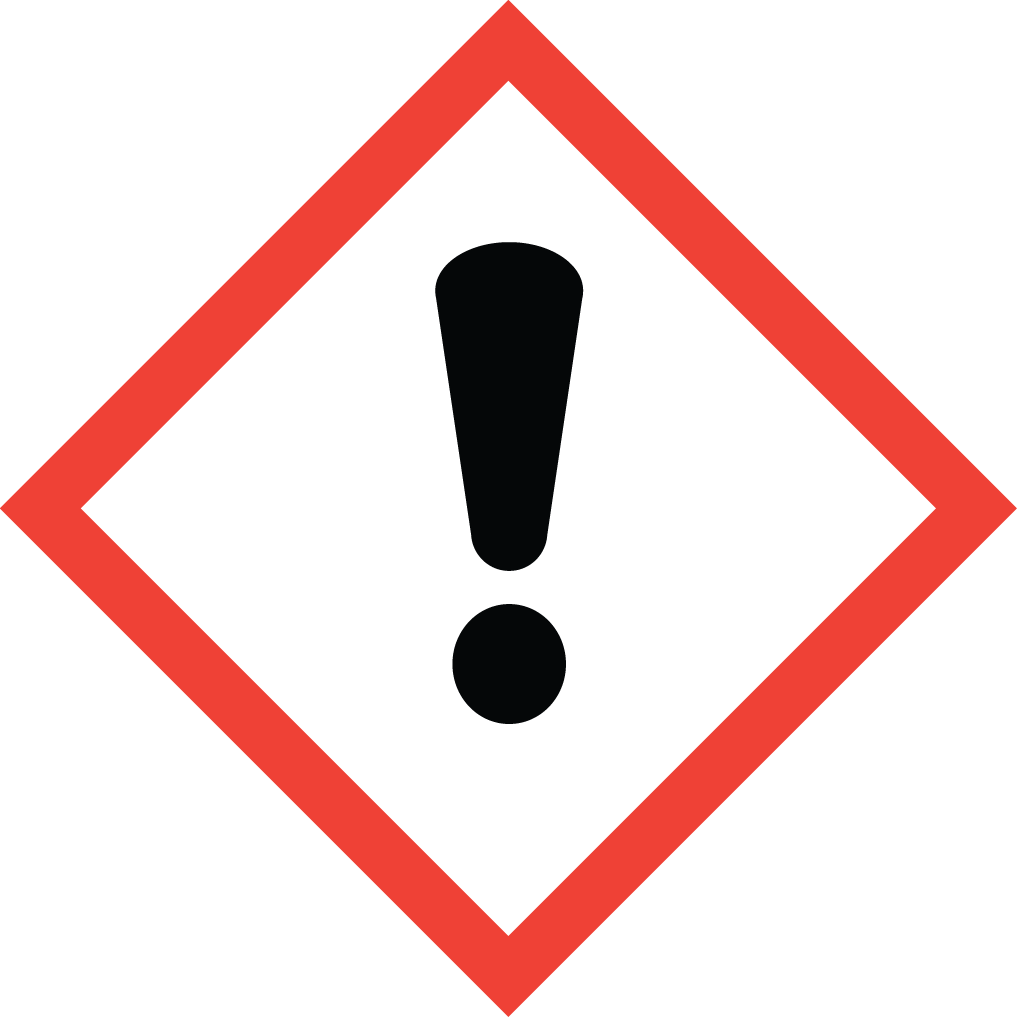Discover Aure Chemical's Premium D4Vi Supply
Tetramethyltetravinylcyclotetrasiloxane (D4Vi) is a vital cyclic organosilicon compound with the chemical formula [(CH₃)(CH₂=CH)SiO]₄. It features a four-membered siloxane ring with four methyl groups and crucially, four reactive vinyl groups attached to the silicon atoms. D4Vi presents as a clear, colorless, and odorless liquid. The presence of multiple vinyl groups makes D4Vi an exceptionally reactive monomer, serving as a critical building block for synthesizing a wide range of high-performance silicone materials.
Basic Information of Tetramethyltetravinylcyclotetrasiloxane
| CAS No.: | 2554-06-5 |
|---|
| EC No.: | 219-863-1 |
|---|
| Linear Formula: | [(CH₃)(CH₂=CH)SiO]₄ |
|---|
| Molecular Weight: | 344.66 |
|---|
| Appearance: | Transparent Liquid |
|---|
| Melting Point: | −44 °C (dec.)(lit.) |
|---|
| Boiling point: | 111-112 °C10 mm Hg(lit.) |
|---|
| Density: | 0.997 g/mL at 25 °C(lit.) |
|---|
| Purity: | Typically ≥98%, ensuring reliable and consistent performance in polymerization. |
|---|
| Vinyl Content: | High content of reactive vinyl groups (four per molecule). |
|---|
| Solubility: | Soluble in common organic solvents (e.g., toluene, xylene, hydrocarbons), insoluble in water. |
|---|
| Reactivity: | Highly reactive, primarily through hydrosilylation (addition curing) with Si-H functional siloxanes. |
|---|
| Stability: | Stable under recommended storage conditions. |
|---|
| Chemical Structure: |  |
|---|
Applications of Tetramethyltetravinylcyclotetrasiloxane
Due to its high reactivity and precise molecular structure, Tetramethyltetravinylcyclotetrasiloxane (D4Vi) is an indispensable monomer and crosslinking agent in the synthesis of advanced silicone materials:
High Vinyl Silicone Rubbers:
Essential raw material for producing Liquid Silicone Rubber (LSR) and Room Temperature Vulcanizing (RTV) silicone rubbers. It provides the necessary vinyl functionality for platinum-catalyzed addition curing systems.
Used in High Consistency Rubber (HCR) formulations, contributing to crosslink density and mechanical strength.
Specialty Silicone Oils and Fluids:
Used in the synthesis of high vinyl content silicone oils, which are precursors for various functional silicone products and elastomers.
Enables the creation of silicone fluids with controlled reactivity for specific applications.
Crosslinking and Chain Extension:
Functions as a key crosslinking agent in platinum-catalyzed addition cure systems, forming robust silicone networks.
Can be used for chain extension or molecular weight modification in silicone polymer synthesis.
Adhesives and Sealants:
Advanced Materials Research:
Why Choose Aure Chemical's D4Vi?
By selecting Aure Chemical as your supplier for Tetramethyltetravinylcyclotetrasiloxane (D4Vi), you benefit from:
Exceptional Purity: We provide high-purity D4Vi, critical for controlled polymerization reactions and ensuring the consistent performance of your final silicone products.
Consistent Quality: Our stringent quality control measures ensure that every batch meets the highest industry standards for consistency and reliability.
Reliable Supply: With robust production capabilities and efficient logistics, we guarantee a stable and timely supply to meet your manufacturing demands.
Dedicated Technical Support: Our experienced team is ready to provide comprehensive technical data and guidance, assisting you in optimizing your formulations and processes.
Hazards Classification
GHS Classification: Flammable Liquid (GHS02), Exclamation Mark (GHS07), Environmental Hazard (GHS09)
Hazard Statements: Flammable liquid and vapor; may cause skin and eye irritation; toxic to aquatic life with long lasting effects.
UN Number: UN 1993
Hazard Class: 3 (Flammable Liquids)
Packing Group: III
 GHS02: Flammable
GHS02: Flammable GHS07: Exclamation mark
GHS07: Exclamation mark GHS09: Environmental hazard
GHS09: Environmental hazard
